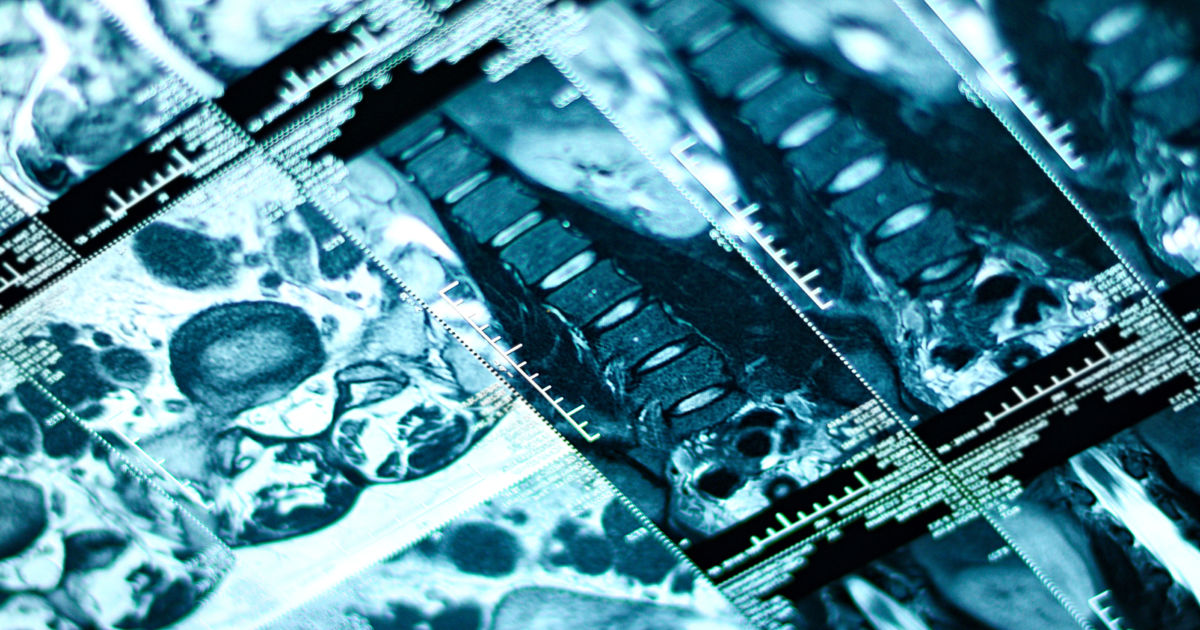What Can Cause Tailbone Pain?
Infections

Pain in the tailbone can be related to infections in the area. The infection may cause pain and swelling around the coccyx. Patients may also note their skin is red and unusually warm to the touch. The infection might be accompanied by drainage of pus, a thick and white fluid. In rare cases, the actual bones of the coccyx can become infected. This condition, called osteomyelitis, might lead to the development of coccydynia. Ulcers in the tailbone area can also lead to infection-related symptoms and pain. Some individuals with histories of sacrococcygeal decubitus ulcers will experience infection symptoms like warmth and redness in the tailbone, along with fever.
Read about the next cause of tailbone pain now.
Pilonidal Cysts

One potential infection is a pilonidal cyst, which causes excruciating pain that feels like your tailbone is being constantly pressed against a sharp corner. These cysts may be related to pilonidal disease, which sometimes requires surgery to treat. The symptoms of the disease generally recur over time. Each progressive infection tends to be greater in severity and cause more pain. There have been extreme and rare cases where an untreated pilonidal cyst tracked from the tailbone to the shoulder blades. Pilonidal cysts need to be treated because untreated cysts may cause an infection of the blood, leading to a deadly condition called sepsis. Most patients can only manage the disease by undergoing surgery.
Continue to reveal more causes for pain in the tailbone now.
